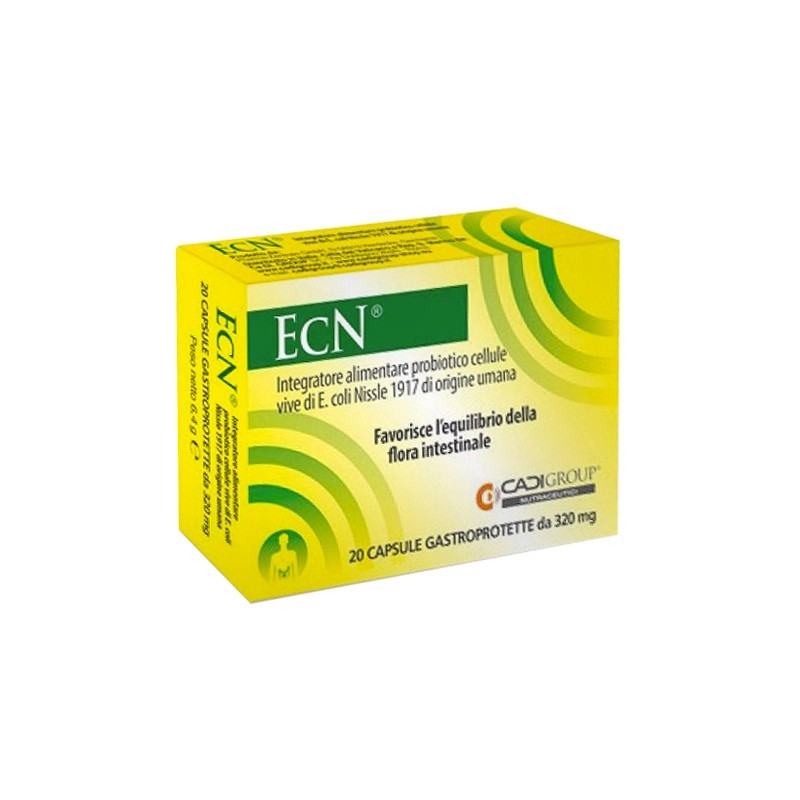
It is a great way for you to increase your wealth by investing in blue-chip stocks that pay high yield dividends. Blue chip stocks have a strong track record of paying dividends and a stable stock market. They are also well-known brands, have large market shares, and have sound financials. This combination makes them a great addition to any portfolio.
Blue chip stocks are well-known for outperforming other stock markets. Many of these companies have shown that they are able to increase their dividends over time. This is a benefit for shareholders as the economy improves. They also perform better during economic booms. Blue chip stocks are a great investment because they have low volatility.
It is important to ensure that you are only investing in blue-chip stocks. Blue chip stocks can be great for growth and dividends, but may not have huge market capital. These stocks are an attractive option for small investors looking to invest in stocks with low risk.

Blue-chip companies are usually market leaders in their respective sectors. It is included in major stock exchange indexes such as the Dow Jones Industrial Average and the S&P 500. It's a good investment for those who are looking for an economic insurance policy.
Blue-chip stocks that pay high dividends include companies such as 3M, Apple, and JPMorgan Chase & Co. These companies have been in business for decades, and have earned a reputation for paying large dividends. Their stock will continue to rise in the future, too. Apple has been increasing its dividend annually since 2013.
Although it may seem like the only way to make a lot of money is to pay a high dividend, there are other ways to make money. A company can invest profits in internal growth opportunities, or it can buy other companies. Companies have a limited amount to invest in each year. Therefore, they often do better if they reinvest all of their cash back into the company. A company may create a large economic moat around its operations to protect them from competition from smaller ones.
Researching the financials, history and dividend policies of a company is the best way to find high-dividend blue-chip stocks. You should also look at the dividend yield to see if the company is currently covering its dividends. High dividend yields could indicate that the company has been paying out large amounts of its cashflow.

AbbVie & Amgen is another example of blue chip stocks that pays high dividends. The first two are biopharmaceutical companies, while the third is a financial services company. Amgen is an impressive example, as it has a great track record of dividend growth, and it has been added to the Dow Jones Industrial Index recently.
FAQ
What is the role of the Securities and Exchange Commission?
SEC regulates the securities exchanges and broker-dealers as well as investment companies involved in the distribution securities. It also enforces federal securities laws.
What is a Stock Exchange?
Companies can sell shares on a stock exchange. This allows investors to buy into the company. The market determines the price of a share. It usually depends on the amount of money people are willing and able to pay for the company.
Investors can also make money by investing in the stock exchange. Investors give money to help companies grow. This is done by purchasing shares in the company. Companies use their money to fund their projects and expand their business.
There are many kinds of shares that can be traded on a stock exchange. Some shares are known as ordinary shares. These are most common types of shares. Ordinary shares can be traded on the open markets. The prices of shares are determined by demand and supply.
Preferred shares and bonds are two types of shares. When dividends are paid, preferred shares have priority over all other shares. These bonds are issued by the company and must be repaid.
How are securities traded?
The stock exchange is a place where investors can buy shares of companies in return for money. In order to raise capital, companies will issue shares. Investors then purchase them. When investors decide to reap the benefits of owning company assets, they sell the shares back to them.
Supply and demand determine the price stocks trade on open markets. If there are fewer buyers than vendors, the price will rise. However, if sellers are more numerous than buyers, the prices will drop.
You can trade stocks in one of two ways.
-
Directly from your company
-
Through a broker
What are the benefits of investing in a mutual fund?
-
Low cost - purchasing shares directly from the company is expensive. It is cheaper to buy shares via a mutual fund.
-
Diversification - most mutual funds contain a variety of different securities. If one type of security drops in value, others will rise.
-
Professional management - professional managers make sure that the fund invests only in those securities that are appropriate for its objectives.
-
Liquidity- Mutual funds give you instant access to cash. You can withdraw your money whenever you want.
-
Tax efficiency: Mutual funds are tax-efficient. Because mutual funds are tax efficient, you don’t have to worry much about capital gains or loss until you decide to sell your shares.
-
No transaction costs - no commissions are charged for buying and selling shares.
-
Easy to use - mutual funds are easy to invest in. You only need a bank account, and some money.
-
Flexibility - you can change your holdings as often as possible without incurring additional fees.
-
Access to information - you can check out what is happening inside the fund and how well it performs.
-
Investment advice – you can ask questions to the fund manager and get their answers.
-
Security - you know exactly what kind of security you are holding.
-
Control - The fund can be controlled in how it invests.
-
Portfolio tracking allows you to track the performance of your portfolio over time.
-
Ease of withdrawal - you can easily take money out of the fund.
There are some disadvantages to investing in mutual funds
-
There is limited investment choice in mutual funds.
-
High expense ratio - the expenses associated with owning a share of a mutual fund include brokerage charges, administrative fees, and operating expenses. These expenses eat into your returns.
-
Lack of liquidity-Many mutual funds refuse to accept deposits. They must be bought using cash. This limit the amount of money that you can invest.
-
Poor customer service - there is no single contact point for customers to complain about problems with a mutual fund. Instead, you need to contact the fund's brokers, salespeople, and administrators.
-
Rigorous - Insolvency of the fund could mean you lose everything
How can people lose their money in the stock exchange?
The stock market does not allow you to make money by selling high or buying low. It's a place you lose money by buying and selling high.
The stock market is an arena for people who are willing to take on risks. They are willing to sell stocks when they believe they are too expensive and buy stocks at a price they don't think is fair.
They want to profit from the market's ups and downs. They might lose everything if they don’t pay attention.
What is the main difference between the stock exchange and the securities marketplace?
The whole set of companies that trade shares on an exchange is called the securities market. This includes stocks and bonds, options and futures contracts as well as other financial instruments. Stock markets are usually divided into two categories: primary and secondary. Large exchanges like the NYSE (New York Stock Exchange), or NASDAQ (National Association of Securities Dealers Automated Quotations), are primary stock markets. Secondary stock market are smaller exchanges that allow private investors to trade. These include OTC Bulletin Board Over-the-Counter and Pink Sheets as well as the Nasdaq smallCap Market.
Stock markets are important because they provide a place where people can buy and sell shares of businesses. The value of shares is determined by their trading price. When a company goes public, it issues new shares to the general public. These shares are issued to investors who receive dividends. Dividends can be described as payments made by corporations to shareholders.
Stock markets not only provide a marketplace for buyers and sellers but also act as a tool to promote corporate governance. Boards of directors are elected by shareholders to oversee management. Boards ensure that managers use ethical business practices. If a board fails in this function, the government might step in to replace the board.
Statistics
- Even if you find talent for trading stocks, allocating more than 10% of your portfolio to an individual stock can expose your savings to too much volatility. (nerdwallet.com)
- US resident who opens a new IBKR Pro individual or joint account receives a 0.25% rate reduction on margin loans. (nerdwallet.com)
- "If all of your money's in one stock, you could potentially lose 50% of it overnight," Moore says. (nerdwallet.com)
- Our focus on Main Street investors reflects the fact that American households own $38 trillion worth of equities, more than 59 percent of the U.S. equity market either directly or indirectly through mutual funds, retirement accounts, and other investments. (sec.gov)
External Links
How To
How to trade in the Stock Market
Stock trading is a process of buying and selling stocks, bonds, commodities, currencies, derivatives, etc. Trading is French for "trading", which means someone who buys or sells. Traders sell and buy securities to make profit. It is one of oldest forms of financial investing.
There are many different ways to invest on the stock market. There are three basic types of investing: passive, active, and hybrid. Passive investors only watch their investments grow. Actively traded investors seek out winning companies and make money from them. Hybrid investors combine both of these approaches.
Index funds that track broad indexes such as the Dow Jones Industrial Average or S&P 500 are passive investments. This strategy is extremely popular since it allows you to reap all the benefits of diversification while not having to take on the risk. You can simply relax and let the investments work for yourself.
Active investing involves selecting companies and studying their performance. Active investors will look at things such as earnings growth, return on equity, debt ratios, P/E ratio, cash flow, book value, dividend payout, management team, share price history, etc. Then they decide whether to purchase shares in the company or not. If they feel that the company is undervalued, they will buy shares and hope that the price goes up. On the other side, if the company is valued too high, they will wait until it drops before buying shares.
Hybrid investing blends elements of both active and passive investing. One example is that you may want to select a fund which tracks many stocks, but you also want the option to choose from several companies. In this case, you would put part of your portfolio into a passively managed fund and another part into a collection of actively managed funds.